Bloomsbury Fashion Central: Spotlight on Knitwear
We are weaving our way through the topic of knitwear in this new Featured Content, stitching together the patterns of its history, fibers and fabrics, and its colorful future. Unravel global definitions, trends and technological developments, and the cultural relevance of knitwear as it continues to be one of the most diverse and purposeful sectors in today's fashion and beyond.

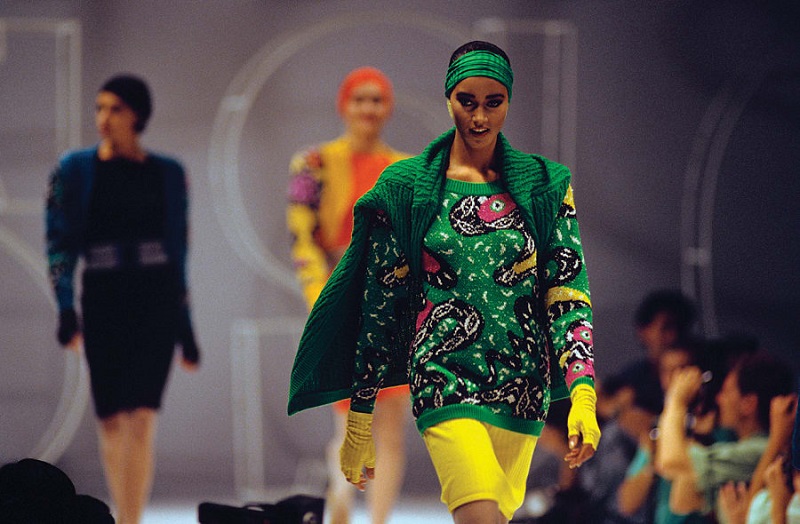
image credit @Bloomsbury Publishing Plc
KNITWEAR
“Knitting is the saving of life.” – Virginia Woolf
We are weaving our way through the topic of knitwear in this new Featured Content, stitching together the patterns of its history, fibers and fabrics, and its colorful future. Unravel global definitions, trends and technological developments, and the cultural relevance of knitwear as it continues to be one of the most diverse and purposeful sectors in today's fashion and beyond.
History of Knitwear
Chart the History of Knitwear from 256 CE to stylistic trends in the twentieth and twentieth-first centuries, as silhouettes, patterns and color palettes were interpreted by design icons, and technical advancements responded to fluctuating socioeconomic conditions.
Set your (compass) needles to Iceland and discover the stories behind knitted apparel such as the ‘thrikynyur’, a triangular shawl traditionally worn in agriculture, or the unspun woollen fibers of the legendary Lopi sweater. The expression that the wealth of Australia rode “on the sheep’s back” comes from its most significant product - Merino wool - learn about how it’s been selectively bred for over two hundred years and what makes its fine and soft fibers so popular.
Step back into the ‘make-do and mend’ culture fostered by Home Front Clothing Initiatives in Britain during the Second World War as knitting and sewing were promoted to extend household efficiency and contribute to the war effort. Reveal the history of Soviet-era underwear beyond fashion, exploring how its manufacturing and consumption were determined by the ideology and political goals of the state and economic priorities.
|
|
Image credit: Make Do And Mend poster, 1939-1945. Photo by The National Archives/SSPL/Getty Images. |
Book Chapters
- Home Front Clothing Initiatives (Berg Fashion Library)
- The History of Knitwear (Fairchild Books Library)
Encyclopedia
- EntriesIcelandic Knitted Apparel (Berg Encyclopedia of World Dress and Fashion)
- Soviet Underwear (Berg Encyclopedia of World Dress and Fashion)
Images
- Pair of Gloves (Fashion Museum - Bath)
- Gown (Victoria & Albert Museum)
Fibers to Fabrics
Alpacas are more than just a fluffy face! Brush up on your knowledge of alpaca fiber – from its sustainable credentials and surprising durability to its twenty-two different natural colors. Hear from the creators of a socially-responsible knitwear business, ‘Indigenous Designs’ as they battled the challenges of developing a product line comprised of hand-knitted sweaters made in Ecuador, using the skills of female artisans.
Get into the mindset of a fashion student looking to scale her certificate program concept for a line of hand-knitted luxury dog coats, sweaters, and dresses with organic designs using eco-friendly yarns - consider the business questions she faces when developing and expanding her brand, Turtlebacks™.
|
|
Image credit: Matthias Clamer.
|
Book Chapters
Alpaca (Fairchild Books Library)
Indigenous Designs: Climbing a Mountain (Fairchild Books Library)
Encyclopedia Entries
The Wool Industry in Australia (Berg Encyclopedia of World Dress and Fashion)
Business Cases
Turtlebacks™ (Bloomsbury Fashion Business Cases)
Videos
Paul Costelloe, Autumn/Winter 1996 (Bloomsbury Fashion Video Archive - subscriber-only content)
Images
Dress (The Museum at FIT)
Future of Knitwear
What’s next for the world of wool? Explore the computer-aided design (CAD) programs available - such as Stitchpainter, Kaledoknit, and ProDesign - and how designers are using these systems or even 3D printing to implement collection styles. Take a look at how the customized knitwear brand, Unmade ‘hacked’ a proprietary programming system with new code to harness the digital capabilities of industrial knitting machines and produce on-demand apparel.
How did student Jie Li’s knitwear project reach the final of the McQueen Fashion Design Contest… when she was unable to knit? Discover how she turned this to her advantage, developing her idea of a hand-weaving craft technique to include machine-made and handmade fabrics in a new way. Finally, get to grips with sustainable knitwear manufacture through a business case on ‘Plummy Fashions LTD’ in Bangladesh, a leader in ethical and eco-friendly apparel production - discover insights into how they gained a competitive advantage over their close rivals.
|
|
Image credit: Alexander McQueen, Fall/Winter 2000 © Niall McInerney. |
Book Chapters
- Home Front Clothing Initiatives Berg Fashion Library)
- The History of Knitwear (Fairchild Books Library)
Book Chapters
- Computer-Aided Design for Knitwear (Fairchild Books Library)
- Knitting and Pleating by Jie Li (Fairchild Books Library)
- Sustainability and Digitalization (Berg Fashion Library)
Business Cases
- Growth of Green Apparel Manufacturing Strategies in Bangladesh (Bloomsbury Fashion Business Cases)
Videos
- Issey Miyake, Spring/Summer 1999: A-POC King & Queen, A-POC Le Feu (Bloomsbury Fashion Video Archive - subscriber-only content)
Images
- Lainey Keogh, Spring/Summer 1998 (Bloomsbury Fashion Photography Archive)
- Alexander McQueen, Fall/Winter 2000 (Bloomsbury Fashion Photography Archive)
Read our archive of previously featured content here
SPONSORED BY
RELATED
ALREADY A SUBSCRIBER? LOG IN
We are currently offering this content for free. Sign up now to activate your personal profile, where you can save articles for future viewing


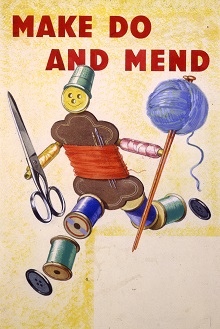
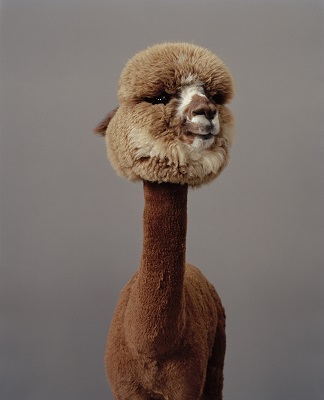
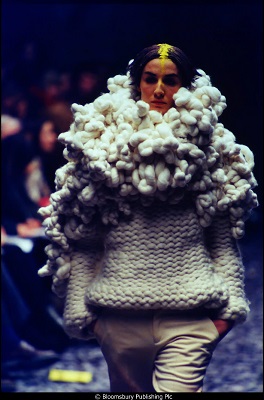




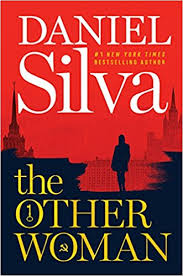



Add Comment :-
Comment Policy:
Comment should not be empty !!!